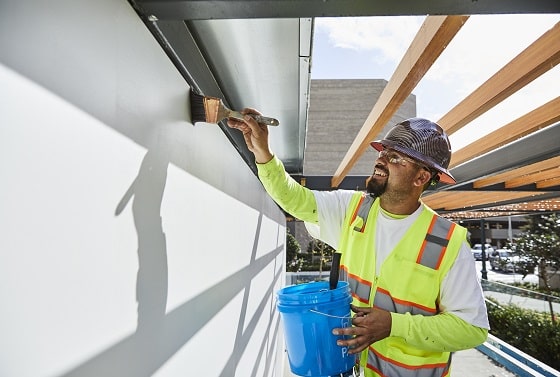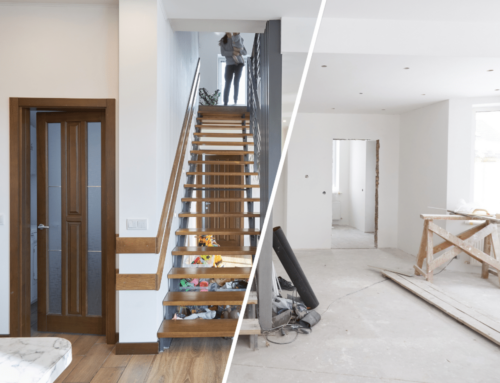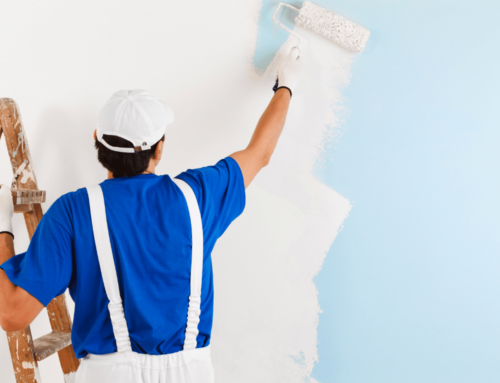When it comes to painting the interiors of your home, selecting the right technique can significantly impact the outcome of your project. Brushing, rolling, and spraying are the three primary methods used by interior painting contractors. Each technique has its own advantages and is suited for specific surfaces and situations. In this blog post, we’ll explore these techniques in detail to help you make an informed choice for your next interior painting endeavor.
Brushing: The Classic Approach
Brushing is a traditional and widely used technique for painting interiors. It involves using a paintbrush to manually apply paint to the surface. Here’s what you need to know about brushing:
- Precision and Detailing: Brushing allows for precise application, making it ideal for intricate detailing and cutting in at edges, corners, and trim.
- Control over Coverage: With a brush, you have control over the amount of paint applied, making it easier to achieve the desired coverage.
- Best Suited for: Small areas, detailed work, and surfaces like trim, window frames, and moldings where precision is key.
Rolling: The Efficient Choice
Rolling involves using a paint roller to apply paint to larger, more expansive surfaces. This technique is known for its efficiency and speed. Here are its key features:
- Quick Application: Rolling allows for a faster application of paint over larger areas compared to brushing.
- Smooth Finish: A paint roller can provide a smooth, consistent finish when used correctly, especially on walls and ceilings.
- Best Suited for: Walls and ceilings, especially in larger rooms where efficiency is crucial.
Spraying: The Versatile Option
Spraying is a technique that uses a paint sprayer to apply an even coat of paint onto surfaces. While it requires more equipment and setup, it offers unique benefits:
- Uniform Coating: Spraying provides a uniform and professional-looking finish, ideal for large areas.
- Time and Effort Efficiency: It can cover large surfaces quickly and requires less physical effort compared to brushing or rolling.
- Best Suited for: Large, open spaces like living rooms, large walls, or when dealing with textured surfaces.
Choosing the Right Technique for Your Project
Making the right choice depends on factors such as the type of surface, the size of the area to be painted, and the level of detail required. Here are some tips to guide your decision:
- Consider Surface Type: For detailed areas like trim or molding, start with brushing. For large, flat areas like walls and ceilings, rolling or spraying might be more efficient.
- Evaluate Project Size: For smaller projects, brushing might suffice. For larger projects, weighing the time efficiency of rolling or spraying is crucial.
- Combine Techniques: Sometimes, a combination of techniques may be beneficial. For instance, brushing for detailing and rolling for the main surfaces.
- Experiment and Test: If possible, try out each technique on a small, inconspicuous area to see which one you’re most comfortable with and which delivers the desired result.
The right painting technique can elevate your interior project and achieve the look you desire. Whether you choose brushing, rolling, or spraying, each method has its merits, and understanding them will help you achieve a successful painting outcome.
If you’re uncertain, consulting with a professional interior painting contractor, visit Micheal P. McCarthy. They can provide valuable insights and recommendations tailored to your project.
Website: www.mpmpainter.com
Call Us: (617) 930-6650





